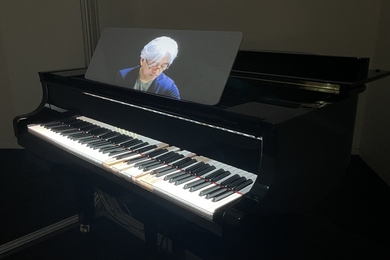Professor Emeritus Barry Vercoe, a pioneering force in computer music, dies at 87
Widely known for his Synthetic Performer, Csound language, and work on the MPEG-4 audio standard, Vercoe positioned MIT as a hub for music technology through leadership roles with the Media Lab and Music and Theater Arts Section.














